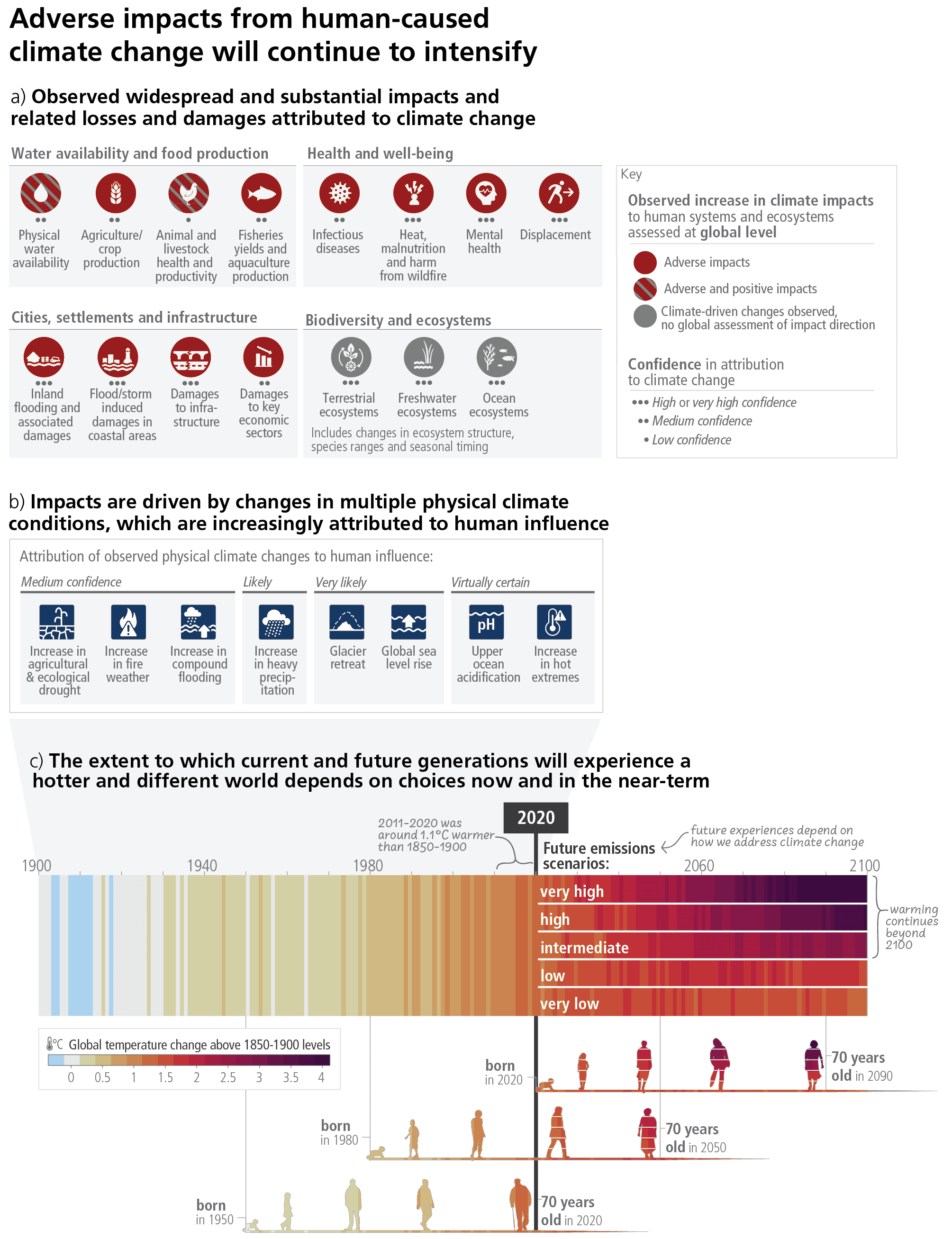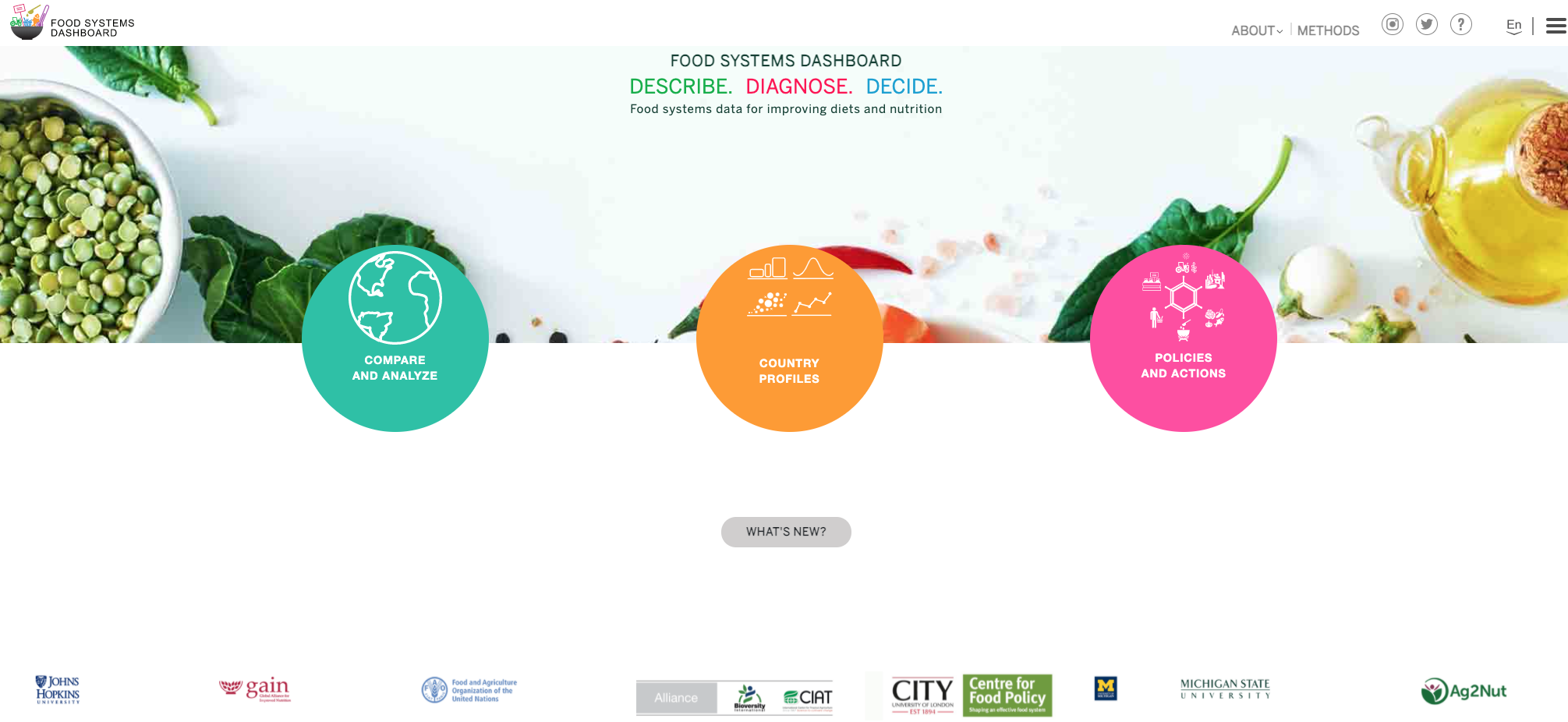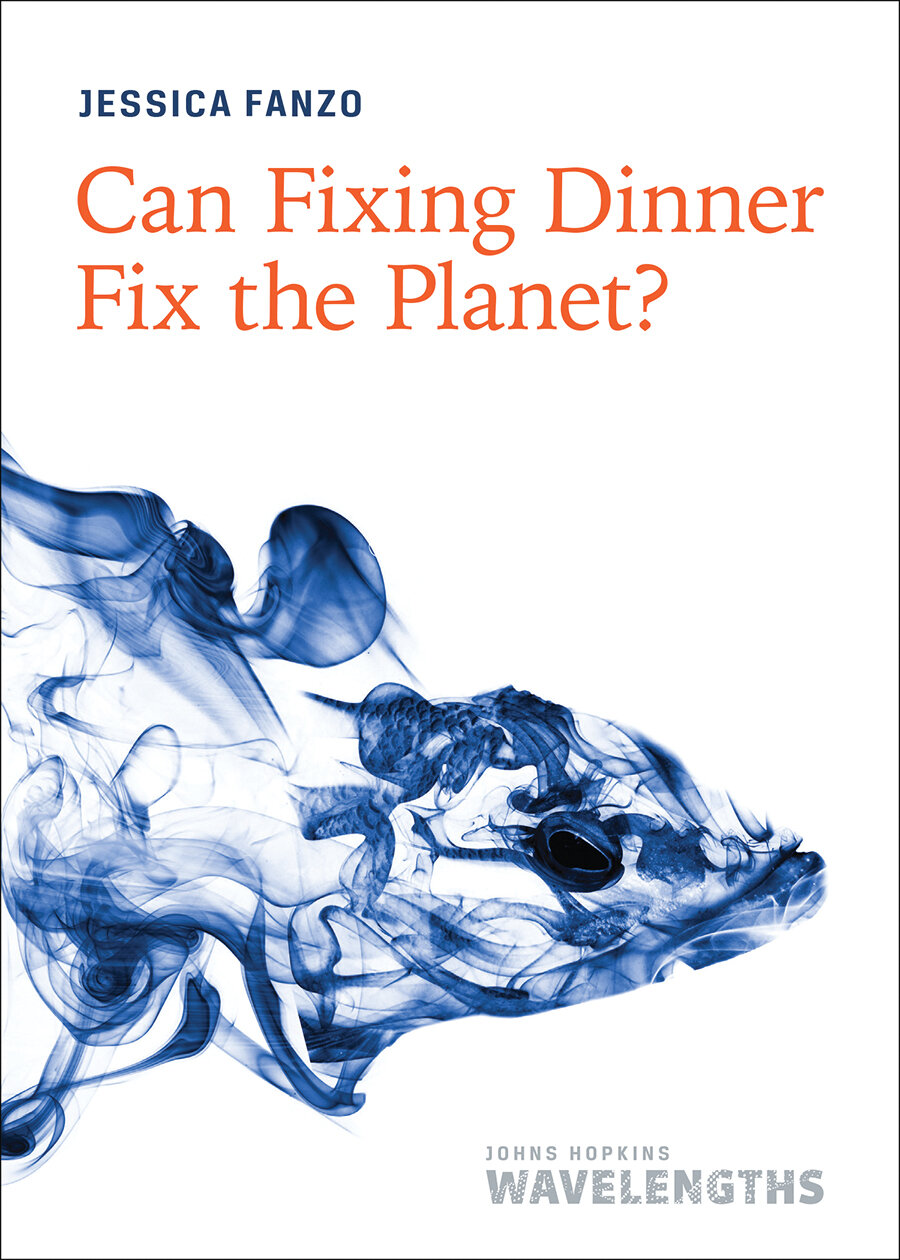FOOD BYTES IS A (Almost) MONTHLY BLOG POST OF “NIBBLES” ON ALL THINGS CLIMATE, FOOD, NUTRITION SCIENCE, POLICY, AND CULTURE.
So much going on in food and nutrition these days that it is hard to keep up. In looking at what has been published in the last month, three areas dominate ultra-processed foods, climate change, and blue foods. Let’s take each and highlight the latest and the greatest.
Ultra-processed foods: What are ultra-processed foods (UPFs), may you ask? Basically, junk food. But we scientists have to come up with fancy terms and categorize everything. UPFs are a very broad category of foods that generally are made from highly processed, industrialized ingredients not found in the home or in restaurant kitchens. These foods are designed to be hyper-palatable, often conveniently ready-to-eat, shelf-stable, transportable, strongly marketed, and, ultimately, highly profitable. More and more research shows that these foods are detrimental to various health outcomes (obesity, diabetes, cancer, morbidity, mental health, etc.) and could be potentially addictive and environmentally destructive. California, which always leads in food governance (blame it on the hippies), is growing worried about what exactly these foods contain. They are considering banning a number of staple ingredients found in these foods. I cannot even begin to source the sheer amount of literature coming out demonstrating the impact of these devilish foods, but here, here, and here are a few good systematic or meta-reviews. This Wired layperson article is a good summary. If you want to read two people who lead in the science of UPFs, read Carlo Montiero or Kevin Hall. Regardless of all the science coming out, their sales are increasing across almost every region of the world. Why? Well, they are cheap, have a long shelf life, are easily stored and transported for long periods of time, and are damn tasty.
IPCC AR6 Synthesis Report, 2023: Key Summary Figure
Climate and food: Hard too to keep up with everything going on. The most significant update is that the Intergovernmental Panel on Climate Change, also known as the IPCC, has come out with a synthesis report on how much time we have left before the world falls apart. They are surprisingly and cautiously optimistic, arguing that there is still time to address climate change before things start “gettin’ hot in here.” Food is heavily featured in this synthesis report, thanks to our AgMIP friends at Columbia University. They argue that food security and nutrition are and will continue to be significantly impacted, particularly in resource-constrained settings and among smallholder farmers. They also offer a range of mitigation and adaptation strategies, including agriculture, forestry, and other land use (AFOLU) options with reduced deforestation in tropical regions, shifting to sustainable healthy diets, reducing food loss/waste and intensifying sustainable agriculture (they even mention urban ag!).
When I asked Google’s new AI system, Bard, what was the latest science published in “food systems” in the last week, this is what they spit out:
Here are some recent research on food systems:
A new study found that the global food system is responsible for about one-third of all greenhouse gas emissions. The study, published in the journal Nature, found that the food system's emissions are mainly caused by the production of meat and dairy products, as well as the transportation of food.
A new study found that the global food system is also responsible for about one-third of all water use. The study, published in the journal Nature Water, found that the food system's water use is mainly caused by the irrigation of crops, as well as the production of meat and dairy products.
A new study found that the global food system is also responsible for about one-third of all land use. The study, published in the journal Nature Land, found that the food system's land use is mainly caused by the production of crops, as well as the grazing of livestock.
These are just a few of the recent research on the global food system's impacts on the environment. The food system is a major contributor to climate change, water pollution, and land degradation. These impacts are likely to become more severe in the coming years, as the global population continues to grow.
Not too shabby, but a bit outdated (and they don’t provide any citations). Interesting how AI is set to become such a game-changer, and yet, as an expert, asking Bard to do a bit of research, it is pretty generic and lacks scientific nuance, which can be dangerous…Here are some even more recent papers out this week on food systems and climate from a flawed human perspective:
Ivanovich and colleagues at Columbia University (see a pattern?) published a paper in Nature showing that if we continue on our current food consumption patterns, this will add 1 °C to an already warm planet by 2100. Most of this warming is driven by what is called high methane foods (methane is another toxic greenhouse gas) like livestock, dairy, and rice (yes, we cannot blame it all on those cute cow creatures). If we made some of the changes mentioned in the IPCC report above, we could cut 55% of that warming.
Another paper, again published by Columbia University peeps (they are on a roll), called for more studies to better show how the food security of households and communities is impacted by climate-related shocks. They argue that most studies only examine food production and availability, not access or utilization.
And last, and this is self-promotional, a few of us put together an analysis trying to understand if the EAT-Lancet planetary health diet was adequate in nutrients (we didn’t look at environmental impacts or other health impacts, and we are not suggesting to do so). This particular analysis shows that the diet is inadequate in vitamin B12, calcium, iron, and zinc. The EAT-Lancet may not be happy with these results but this is what science is all about — debating on a level playing field, DISproving one’s hypotheses, and not being wed to ideologies. I am not sure right now that everyone at the so-called proverbial table looks at science similarly and instead holds fast to their worldviews, which worries me. But a lot is at “steak.” The EAT-Lancet Commission part has been downloaded over 6,000 times in 4 years. That is pretty insane. So to go against that, dissect it, calls to do it better next time around, or at least look carefully at the data, in which multiple people analyzing the dataset, is, well, what science and the pursuit of truth is all about. But putting one’s arm out to be potentially severed. Bottom line: This paper is about the trade-offs that are par for the course with a grand food systems transformation.
Showing tradeo-offs of policy bundles: Crona et al Nature 2023.
Blue foods: More and more, and this is long overdue, blue foods, aka seafood, aka aquatic foods, are getting more attention. The Blue Foods Assessment highlighted their importance from multiple angles - important contributors to a nutritious diet, some species’ environmental sustainability, their risk of climate threats, and contributors to livelihoods. Some fantastic articles have emerged recently, including a fantastic paper by Christina Hicks and colleagues examining the injustices associated with aquatic food systems. Another paper summarized the BFA around 4 policy objectives to help realize the contributions that blue foods can make to national food systems around the world: ensuring supplies of critical nutrients, providing healthy alternatives to terrestrial meat, reducing dietary environmental footprints, and safeguarding blue food contributions to nutrition, just economies and livelihoods under a changing climate. However, trade-offs always exist, just as above. The figure shows these — the question is, what trade-offs are we willing to live with? And last, on blue foods, the great Roz Naylor at Stanford published a policy landscape paper in Food Policy (thanks, Chris Barrett!) on aquaculture. I had the pleasure of working with her on this. Through a series of case studies, she presents a state-of-play on how aquaculture is playing out globally, and again, where those policy priorities elicit trade-offs that can be detrimental to the environment or nutrition. Check it out.











